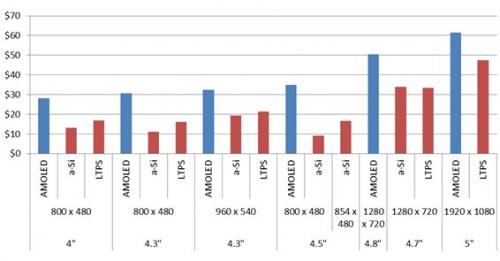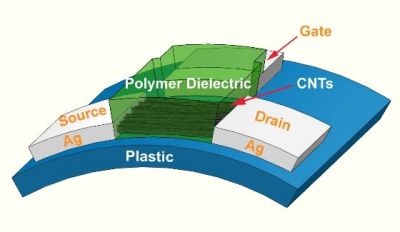Ignis to start producing 20" AMOLED displays in low volume beginning August 2013
Ignis Innovation announced that samples of its 20" 1296x768 (XGA) AMOLED display will be available in August 2013. Ignis will offer these samples to display makers for evaluation of Ignis' MaxLife compensation technology in their own displays (more on this below). They will sell the display for low volume, demanding applications such as medical imaging and scientific imaging.
The 20" AMOLED panels use a-Si backplane and are made by RiTdisplay. The panels are only 1.3mm thick (the complete display module is 3 mm thick). The refresh rate is 240Hz.






